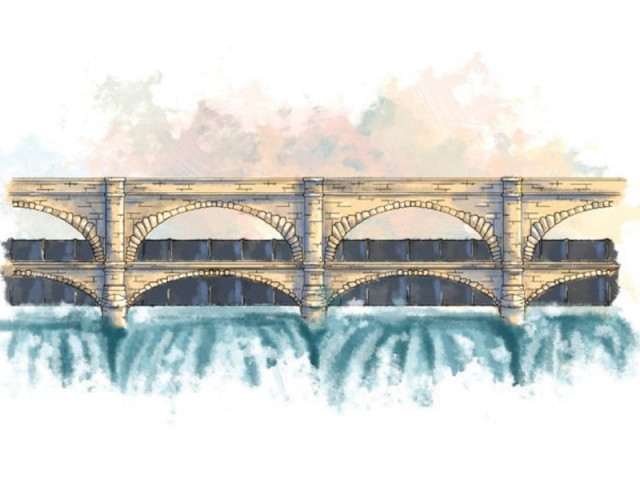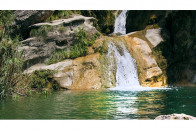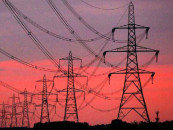Treaty violations pointed out in Indian dam plan
India plans to build Pakal Dul Dam on Chenab tributary.

According to IWT, the intake structure of a power plant with a storage component should be at the highest level, whereas India provided the sill level of the intake at an elevation of 1605m. PHOTO: CREATIVE COMMONS
The Irrigation Department has gone over India’s plans for a hydropower dam on the Marusdar River, a tributary of the Chenab, in Indian-administered Jammu and Kashmir and forwarded its objections to the Pakistan Commission for Indus Waters, The Express Tribune has learnt.
The Pakal Dul Dam would have a power production capacity of 1,500 megawatts and would take six years to build, according to the plan forwarded by the Indian government to Pakistan.
Under the Indus Waters Treaty (IWT) of 1960, India is required to share details of any hydropower project on the Chenab with Pakistan. The Pakistan Commissioner for Indus Waters forwarded the plan to the Punjab Irrigation Department for observations. It has now sent back its observations, recommending that the federal government contest the dam’s design in its current form.
In its input, the Irrigation Department observed that the project would allow India to stymie the flow of water to Pakistan, which would be a violation of the IWT. “India should keep in mind the lower riparian water rights of Pakistan and environmental impacts on the Indus Basin system,” it said.
According to the plan sent by India, the 1,500 MW project would have a reservoir capacity of 0.108 million acre feet (MAF), dead storage capacity of 0.014 MAF, full reservoir level of 1,700 metres and a dead storage level of 1,620 metres. The concrete-face, rock-filled dam would have a height of 1,708m and a maximum water level of 1,703m. It will have a surface spillway with crest level of 1,684m with two bays and two tunnels. According to the design, the tunnel-type spillway will have a dual purpose: to pass floods and sediment management. It will have two head race tunnels of 10,000m each and four tail race tunnels of 125m each.
The Punjab Irrigation Department, in its observations regarding the plan, questioned the maximum flood discharge for the plant. It said India should provide hydrological data on the Barsar Dam, which is upstream, to allow an estimate of the water inflow at the proposed site.
The department said India should provide flood routing details through the spillways. According to the IWT, the intake structure of a power plant with a storage component should be at the highest level, whereas India had provided the sill level of the intake at an elevation of 1605m. India had also failed to provide water discharge data at the site for the last 25 years, which was also a requirement under the treaty.
The department observed that the sediment data given in the Indian plan was not as per international practice. It also needed to reveal the maximum aggregate capacity of the power units, whether they would be base load or peaking load plants, and the load factor requirement of the hydroelectric plant with weekly use of inflow of water, power storage use and power output from the reservoir.
The department rejected the Indian claim that there would be an increase in the river supplies below the storage works in lean flow season as a result of the dam.
According to the IWT, flushing outlets should be located at the highest level and be of a minimum size. The design of the tunnel type spillway and its location at 1,580m violated this provision, the department observed.
A department official, speaking on the condition of anonymity, said the observations had been sent to the Pakistan Commissioner for Indus Waters for onward submission to India.
Farooq Bajwa, the founder convener of the Punjab Water Council, said the dam on the Chenab would hurt agriculture in the province as well as the rest of the country. He said that the government should protest strongly to all such dams proposed by India.
Published in The Express Tribune, January 22nd, 2013.



















COMMENTS
Comments are moderated and generally will be posted if they are on-topic and not abusive.
For more information, please see our Comments FAQ